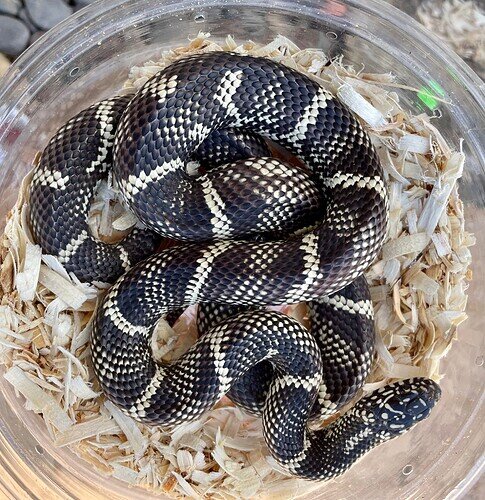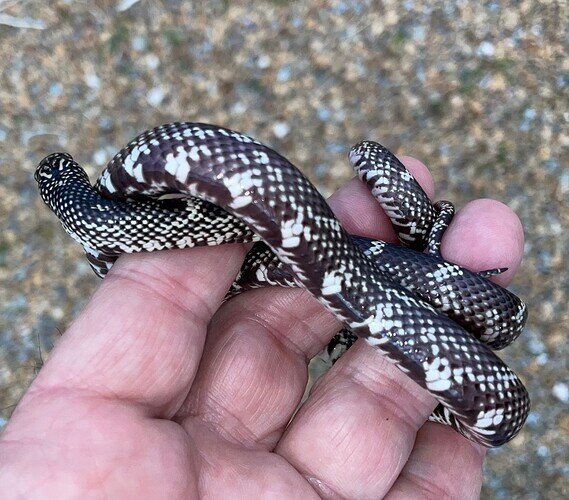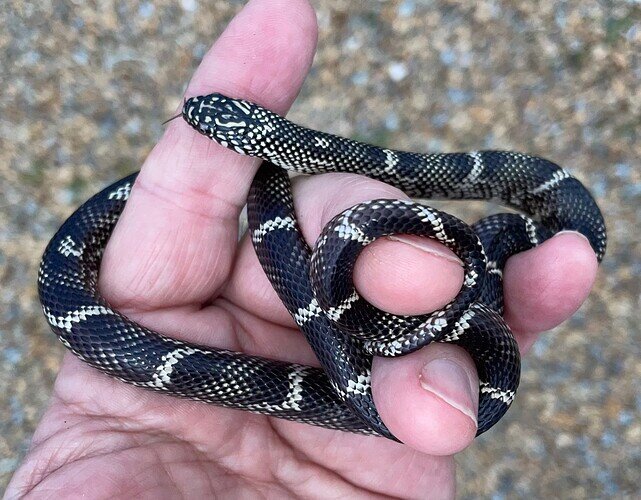This template contains both “gene addition” and “gene review” forms, please delete the one which is not applicable to your request
Gene Request Form
Please fill the below form out to the best of your ability. Answers do not need to be lengthy. If appropriate you may forward this request to someone who is more able to supply the answers.
Facts
Although Barbour and Engels (1942) and Lazell and Musick (1973) believed that L. g. sticticeps from the Outer Banks of North Carolina deserved taxonomic recognition, this name was rejected by Blaney (1977, 1979) and Krysko (2001), and our molecular results herein support this conclusion. Additionally, ontogenetically lightened interbands occur in Florida populations, as well as individuals from the Outer Banks and coastal Georgia, and therefore is not a diagnosable character (Lazell and Musick 1973; Blaney 1977; Palmer and Braswell 1995; Krysko 2001). In consideeration of the above, I am proposing to add the Outer Banks, NC as a locality for the Eastern king snake.
Barbour, T. and Engels, WL. 1942. Two interesting new snakes. Proc New Engl ZoClub 20:101–104.
Blaney, RM. 1977. Systematics of the common kingsnake, Lampropeltis getulus (Linnaeus).
Tulane Stud Zool Bot. 19:47–103.
Blaney, RM. 1979. The status of the Outer Banks Kingsnake, Lampropeltis getulus sticticeps (Reptilia: Serpentes: Colubridae). Brimleyana1:125–128.
Krysko, KL. 2001. Ecology, conservation, and morphological and molecular systematics of the kingsnake, Lampropeltis getula (Serpentes: Colubridae) [PhD dissertation]. [Gainesville (FL)]: University of Florida. p.159.
Lazell,JD and Musick, JA. 1973. The kingsnake, Lampropeltis getulus sticticeps, and the ecology of the Outer Banks of North Carolina. Copeia 1973:497–503.
Palmer, WM and Broswell, AL. 1995. Reptiles of North America. 1st ed. Chapel Hill (NC): The University of North Carolina Press. p.412.
Species:
Name of Gene:
First produced by whom:
Year First Produced:
Genetics Type (Incdom/Codom/Recessive/Polygenic/etc):
In complex with other genes?:
Other names/aliases for it?:
Description:
Appearance; What it does/looks like?
- Head:
- Body:
- Belly:
- Tail:
Proven Lines:
Related Genes:
Proven: To what degree it is proven out to not just be polygenic?
Unique: Why do you believe this is a new morph and not an existing one?
Problems: Any problems?
History: The history behind its discovery?
Disagreement or Controversy:
References here on the community:
- At least one link to community discussion (ie forums) to demonstrate community acceptance
- Link to WOBP if one exists.
- Links to the wider web.
Please attach at least 3 photos you have rights to which you are granting to be used on MorphMarket, Including 1 image next to a Normal/WT animal


